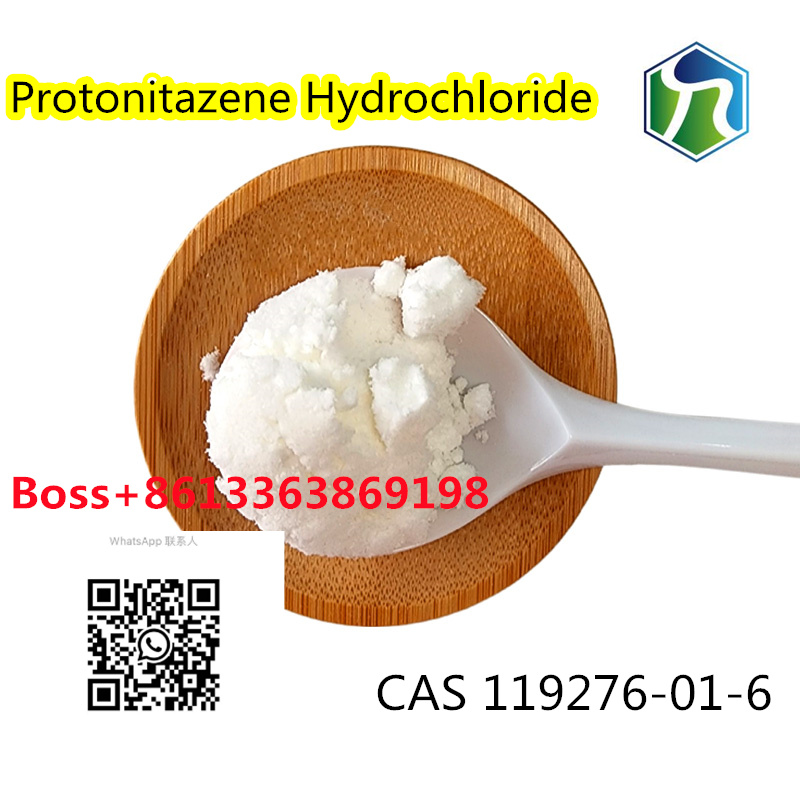
- +86-13363869198
- weimiaohb@126.com

Oct . 31, 2024 08:11 Back to list
eperisone hydrochloride cas 56839-43-1
Eperisone Hydrochloride A Comprehensive Overview
Eperisone hydrochloride, identified by its CAS number 56839-43-1, is a skeletal muscle relaxant that exerts its therapeutic effects primarily through the central nervous system. It is particularly indicated for the treatment of muscle spasticity and pain associated with various musculoskeletal conditions. The following article delves into the pharmacological properties, therapeutic applications, and safety profile of eperisone hydrochloride.
Eperisone Hydrochloride A Comprehensive Overview
Eperisone hydrochloride is primarily employed in the treatment of conditions such as lumbar disc herniation, cervical spondylosis, and muscular pain following injury or surgery. Its effectiveness has gained acceptance among healthcare practitioners, particularly in the fields of orthopedics and rehabilitation. The drug is often prescribed in conjunction with physical therapy to enhance overall treatment efficacy, as it allows patients to participate more actively in rehabilitation exercises without the hindrance of painful muscle spasms.
eperisone hydrochloride cas 56839-43-1

One advantage of eperisone hydrochloride over some traditional muscle relaxants is its favorable safety profile. Clinical studies have demonstrated that it is generally well-tolerated, with lower reports of adverse events such as sedation, dizziness, and dependency, which are more common with benzodiazepines or other narcotic muscle relaxants. However, as with any medication, patients should be monitored for potential side effects, including gastrointestinal disturbances or skin reactions.
In terms of dosage, eperisone hydrochloride is typically administered orally, with the usual adult dose ranging from 50 to 100 mg taken three times a day. Adjustments may be necessary based on individual patient response and tolerability. It is crucial for patients to adhere to prescribed dosages and schedule to achieve optimal therapeutic outcomes while minimizing risks.
In conclusion, eperisone hydrochloride (CAS 56839-43-1) represents a significant advancement in the management of muscle spasticity and pain, offering a unique profile that combines muscle relaxation with enhanced blood circulation. Its safety and efficacy in various clinical applications make it a valuable asset in modern therapeutic regimens. As research continues to unfold, the potential for eperisone in treating other conditions beyond musculoskeletal disorders remains an exciting avenue for future exploration. As always, medical guidance should be sought to navigate the complexities of treatment options tailored to an individual’s healthcare needs.
-
High-Quality GS-441524 for White Liquid Type Factories & Suppliers
NewsJul.29,2025
-
High-Quality Pharmaceutical Intermediates for Sale – Reliable Supply
NewsJul.29,2025
-
High-Quality Pharmaceutical Intermediates for Sale - Reliable Solutions
NewsJul.29,2025
-
High-Quality Pharmaceutical Intermediates Supplier for Global Market
NewsJul.28,2025
-
GS-441524 for White Liquid Type Factories – High Purity & Reliable Supply
NewsJul.28,2025
-
Buy 158861 67 7 Peptide for Effective Weight Loss and Muscle Gain
NewsJul.27,2025